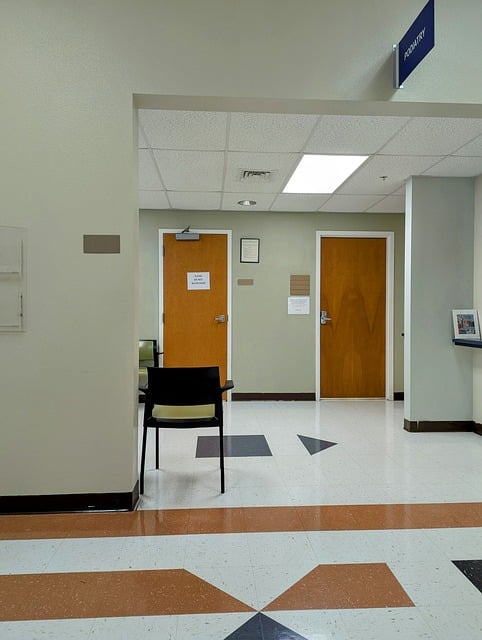Dog bite plastic surgery involves a meticulous process addressing physical and psychological scars, starting with cleaning, debridement, and repair, followed by strict post-op care including pain management, infection prevention, wound care, counseling, and support groups. Long-term care requires holistic planning, managing potential challenges like scarring or sensory impairments, and ensuring elderly victims' well-being through comprehensive care plans. Complete healing depends on adhering to medical advice, stress reduction, proper hygiene, wound cleaning, medication, and reliable support systems to prevent complications and foster a harmonious recovery environment.
After a dog bite, plastic surgery is often necessary to repair and reconstruct damaged areas. This article provides an in-depth guide to navigating the long-term care required after such surgical procedures. We explore the initial recovery steps, what to expect during the post-surgery period, and crucial tips for effective post-operative management. Understanding these aspects ensures a smoother healing process and optimal results from dog bite plastic surgery.
- Understanding Dog Bite Plastic Surgery: The Initial Steps and Recovery
- Navigating Long-Term Care: What to Expect Post-Surgery
- Ensuring Complete Healing: Tips for Effective Post-Operative Management
Understanding Dog Bite Plastic Surgery: The Initial Steps and Recovery

Dog bite plastic surgery involves a series of meticulous steps to address both the physical and psychological scars left by severe dog attacks. The initial phase focuses on thorough cleaning and debridement of the wound, followed by surgical repair to close the injury. This critical period requires strict adherence to medical protocols for optimal healing.
Recovery from dog bite plastic surgery is a multifaceted process that extends beyond the operating room. It involves managing pain, preventing infection, and ensuring proper wound care. Additionally, counseling and support groups can aid in addressing psychological trauma, especially in cases of auto accident injuries or partnership disputes where dogs are involved. With dedicated care and professional guidance, patients can achieve significant improvements in their physical appearance and emotional well-being.
Navigating Long-Term Care: What to Expect Post-Surgery

Navigating long-term care after dog bite plastic surgery is a crucial aspect of recovery that often requires careful planning and consideration. Once the initial surgical procedures are complete, patients need to focus on healing and rehabilitation. This includes managing pain, attending follow-up appointments, and adhering to specific care instructions provided by medical professionals. As the recovery progresses, individuals may experience physical and emotional challenges, requiring adjustments in their daily routines and support systems.
Long-term care post-surgery involves a holistic approach that addresses not just the physical wounds but also the psychological impact of such incidents. It’s important to anticipate potential issues like scarring, contractures, or sensory impairments, which may affect mobility and quality of life. Elder law experts suggest establishing comprehensive care plans, especially for elderly victims, considering their overall well-being and legal rights. In some cases, product liability claims or partnership disagreements related to the dog’s ownership might also surface, necessitating legal guidance to navigate these complexities alongside medical recovery.
Ensuring Complete Healing: Tips for Effective Post-Operative Management

Ensuring complete healing after dog bite plastic surgery is paramount to achieving optimal results and a swift recovery. Effective post-operative management involves a multi-faceted approach, from adhering to medical advice regarding wound care to maintaining a consistent, low-stress environment for the patient. Proper hygiene and regular cleaning of the surgical site are crucial to prevent infection, as are prescribed medications to manage pain and reduce inflammation.
In addition to these practices, establishing a reliable support system can significantly contribute to a successful recovery process. This could involve family members or friends stepping in as caregivers, ensuring the patient’s needs are met during their most vulnerable period. Preventing partnership disagreements or caregiver abuse is essential; open communication and clear roles within the care team foster a harmonious environment conducive to healing. Moreover, maintaining a calm and undisturbed space can expedite recovery, reducing stress levels that might complicate the healing process.
Dog bite plastic surgery requires careful management both during and after the initial procedure. As discussed, understanding the recovery process and navigating long-term care are crucial for ensuring complete healing. By adhering to effective post-operative strategies, individuals can promote optimal outcomes and minimize the risk of complications. Remember that each case is unique, so seeking personalized guidance from healthcare professionals is essential for successful management of dog bite plastic surgery in the long term.






